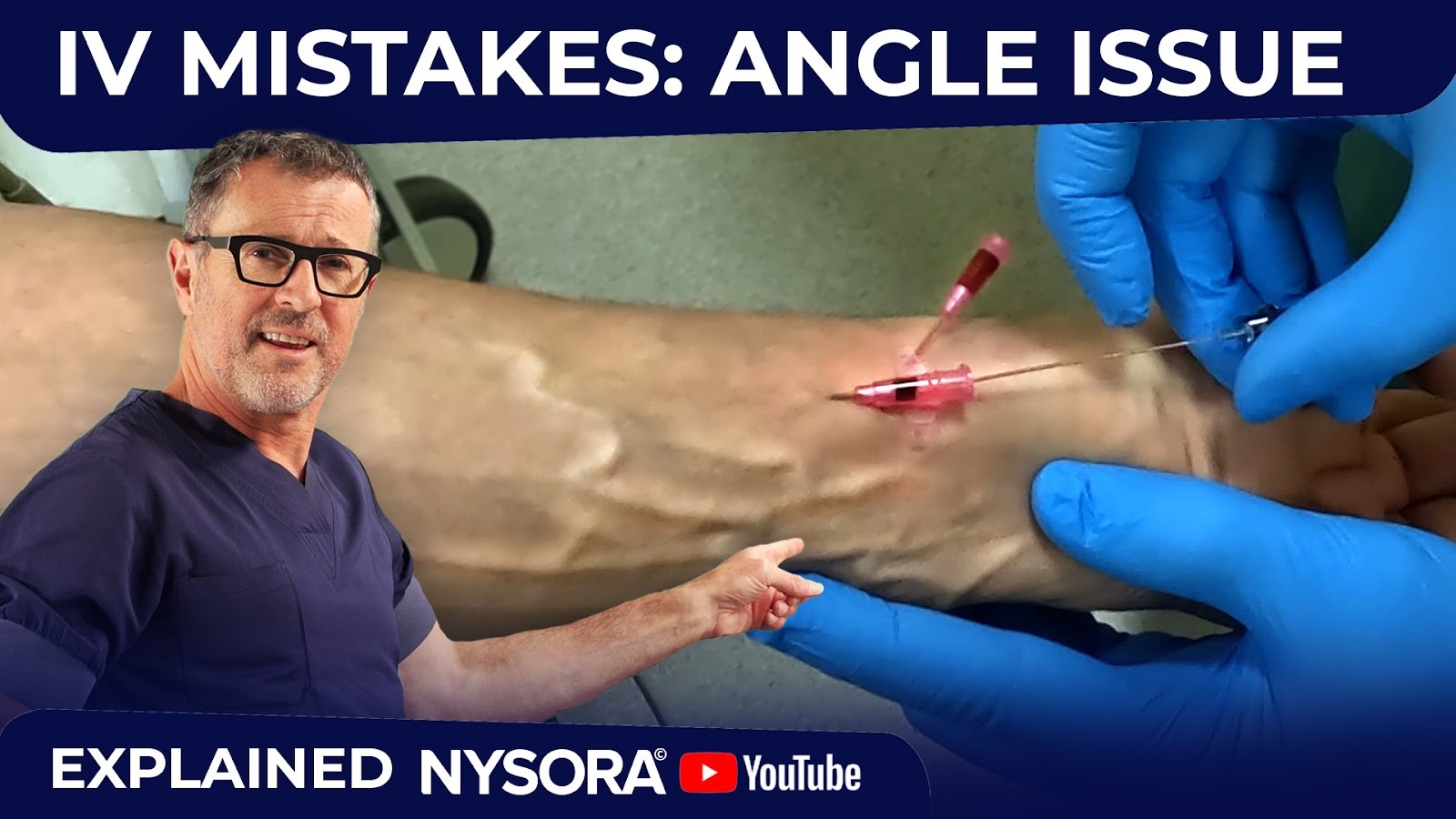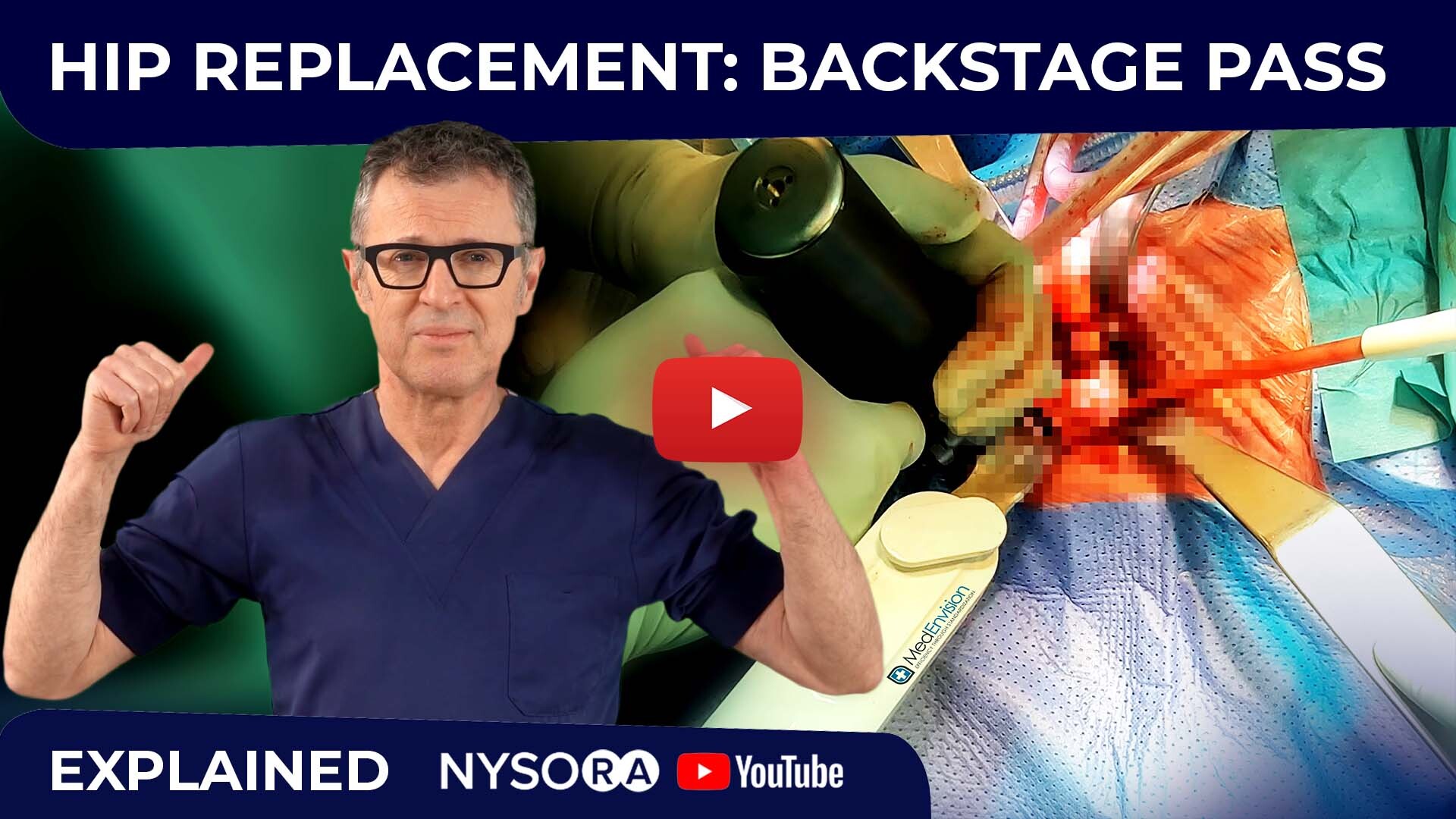IV access is often not as straightforward as it looks. Even when the application of a tourniquet results in prominent, palpable veins, there are underlying factors that can add time and complication to the process and lead to needle insertion mistakes. These include:
- Thick vein walls
- Tortuous vein networks
- Loss of elasticity in the surrounding tissue, so that there is less support and stability for the needle
The results are rolling veins which slip away from the needle, so that the needle fails to puncture the lumen, and the undesirable lateral movement of a wobbly needle, which can lead to unnecessary blood loss.
In order to avoid these two common errors and increase the success of IV access, the secret is to:
(i) lower the angle of insertion of the needle relative to the patient’s skin, and
(ii) advance the needle quickly to pierce the vein wall, to avoid the opportunity for the vein to roll away, so that the needle misses the target.
In the detailed demonstration video, Dr Hadzic walks through the procedure as he explains the importance of choosing the right vein, and addresses the two main issues of needle entry angle and the speed of needle advancement.
Here are the five expert tips he recommends to maximize the ease and success of IV cannulation under these circumstances:
- Choose a vein that has clearly visible tributaries, at a point where tributaries meet, so that an adjacent tributary provides support and stability to hold the vein steady while the IV needle is introduced to the vein.
- Choose a vein that is reasonably straight.
- Keep the angle of needle insertion very low (almost parallel to the skin surface) and consider bending the tip of the needle upwards before insertion, so that it remains superficial in the plane of the vein
- When in position, advance the needle quickly to be sure to penetrate the vein wall. If you do this too slowly, there is a greater chance that the vein can roll away so that the needle fails to pierce the target.
- Pull the skin distally from the point of insertion to increase stability and avoid the undesirable effects of rocking the needle from side to side and emptying too much blood from the vein.
Dr Hadzic has recorded an over-the-shoulder video of the potential complications of IV access on a live patient, and explains what is going on below the surface, by means of a whole picture graphic animation. The result is a deeper understanding of the challenges and how to avoid the common pitfalls, so that you can apply successful IV cannulation with confidence. To watch the full masterclass and the 5 tips in practice, go HERE.








